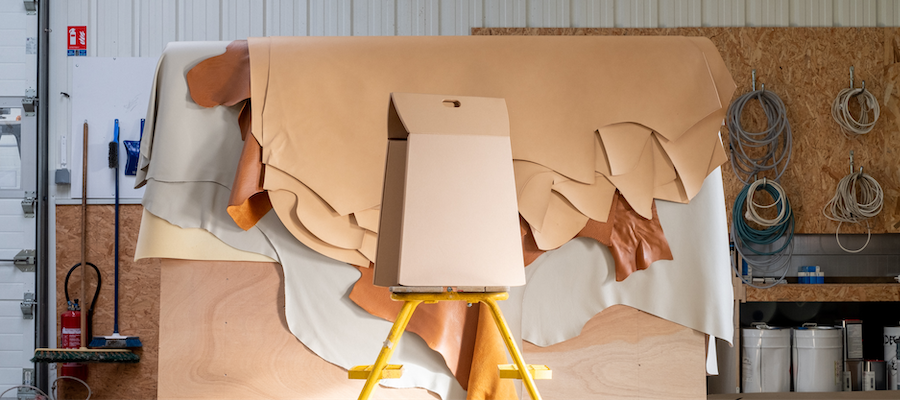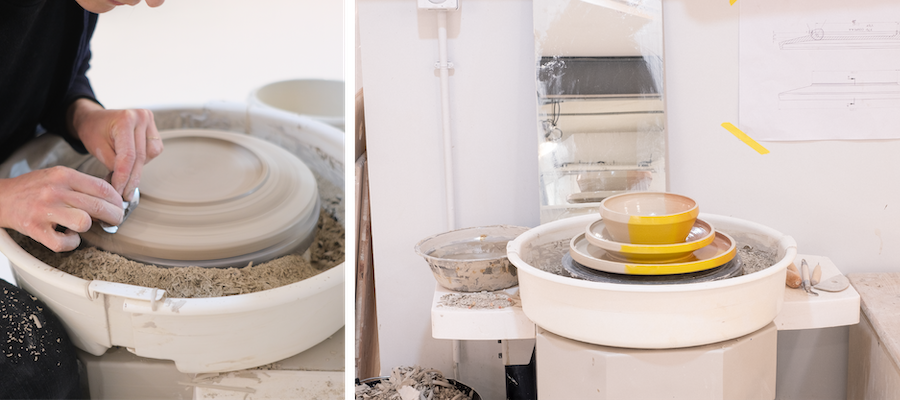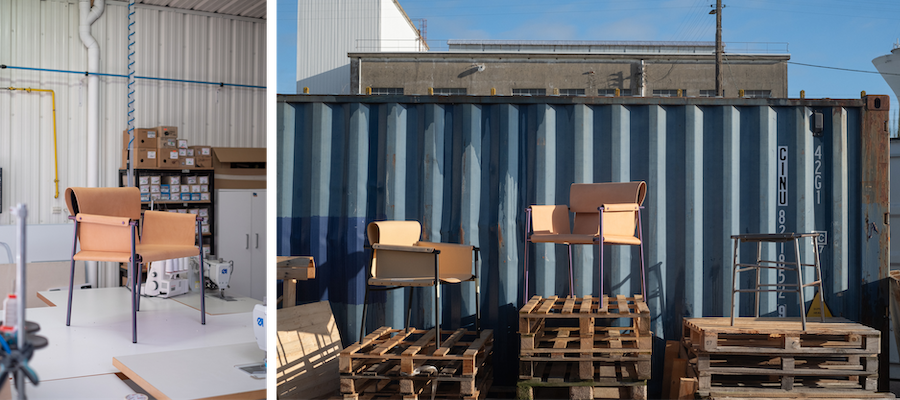Arts and Crafts vs. Industrial Design
Goodbye presidential furniture warehouse, hello ‘Manufactures nationales’. This is the name given to the new public institution bringing together the Mobilier national and the Manufacture de Sèvres, in an official announcement by Rachida Dati, the French Minister of Culture, on 15 January 2025. Formerly the Garde-Meuble of the French Crown, the Mobilier National is today not only a temple for the preservation of France’s furniture heritage, but also an instrument for the promotion of contemporary design. As for the Manufacture de Sèvres, it is both a centre for safeguarding French ceramics know-how and an innovation laboratory for the hundred ceramists who work there, mastering more than thirty associated specialities.
Last January, Hervé Lemoine, former chairman of the Mobilier national, now of the Manufactures nationales, expressed on the French radio station France Culture his desire, through this gesture, to ‘drive a public policy in favour of all the decorative arts and design professions’ – an ambition as part of the ‘national strategy to support the arts and crafts’, announced by the French government in May 2023 and endowed with 340 million euros to preserve excellence, pass on knowledge and promote their international development. Does this significant public commitment to French arts and crafts reflect a resurgence of the decorative arts, in their most artisanal sense? Are we witnessing a paradigm shift against industrial design and mass production in France? Have ‘low-tech’, ‘makers’ or even ‘collectible design’ won out over industrial design?

In Paris, Rue Paul-Cézanne, designer Patrick Jouin, a leading figure in contemporary design, brushes these questions aside. A graduate from the national school of industrial design (ENSCI – Les Ateliers), Jouin designed the first Vélib’ bicycles, the JCDecaux public toilets and, as he likes to point out, the Parisian taxi signs for the City of Paris, but he does nevertheless enjoy a more traditional approach. Proof is found in the recent creation of his own label, Patrick Jouin Édition, and the launch of its first collection of five pieces, conceived as ‘an intimate laboratory celebrating the singularity’ of the know-how it invokes – from upholstery leatherwork to metal enamelling, clay moulding and glazing. Looking more closely, it’s easy to detect the precision of the industrial designer, who bases his designs on the techniques and gestures of the craftsman. For Patrick Jouin, there is no difference between industrial scale and craftsmanship: ‘When I design a unique object, I conceive it as if it had to be produced in a million copies. I wouldn’t really know how to do it differently.’
What about the economy of this kind of project? Self-edition is an adventure only for the most stubborn, and while the French government provides support for arts and crafts, Patrick Jouin is carrying this venture alone. ‘It’s an R&D project, developed for my studio Patrick Jouin iD,’ he explains. ‘These are objects that can’t exist on the traditional furniture market [the production cost would be too expensive to absorb. Ed.] but they do exist….
Read the whole article written by Guillaume Ackel in AA's lastest issue, AA No 464, now available in our online shop.





